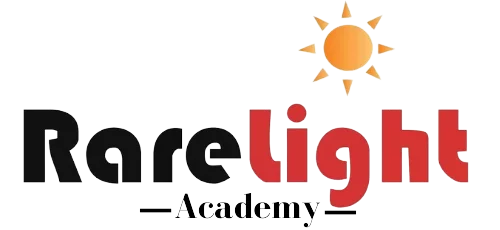Java Full Stack typically refers to the utilization of Java programming language across the entire stack of a web application—from the front-end to the back-end.
Here’s a breakdown:
- Front-End: Java isn’t commonly used in front-end development, where languages like JavaScript, HTML, and CSS dominate. However, there are frameworks and tools like JavaServer Faces (JSF), Vaadin, or Thymeleaf that can be used for web development in Java.
- Back-End: Java is extensively used for back-end development. Frameworks like Spring, Spring Boot, and Jakarta EE (formerly Java EE) are popular for building robust, scalable, and secure server-side applications.
- Database Connectivity: Java has various libraries and frameworks to connect with databases. JDBC (Java Database Connectivity) is a standard Java API for database-independent connectivity between Java and a wide range of databases.
- Middleware: Java can also be used in middleware components like Apache Kafka, Apache Camel, etc., for handling communication between various parts of the application.
- Deployment: Tools like Apache Tomcat, WildFly, or Jetty are commonly used Java-based servers for deploying applications.
To become a Java Full Stack developer, you’d typically need proficiency in Java, understanding of front-end technologies (HTML, CSS, JavaScript), familiarity with frameworks like Spring or Jakarta EE for back-end development, and knowledge of databases and servers commonly used in Java-based applications.
Would you like to delve deeper into any specific aspect of Java Full Stack development?




